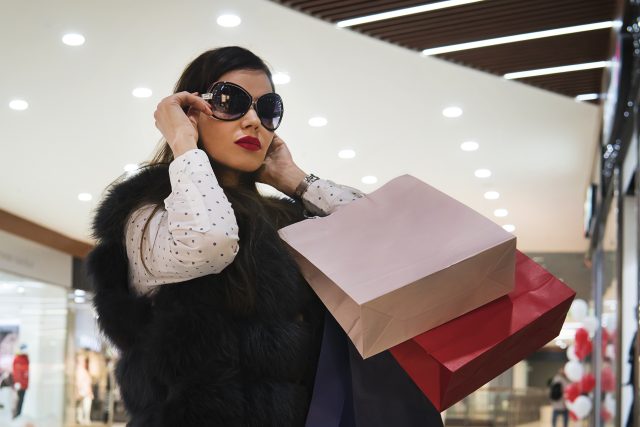Luxury market loses 50 million customers
In the past two years more than 50 million consumers have stopped buying high-end luxury goods, including fine wines and spirits, having been priced out by inflation-busting rises, reveals report.

This is a key finding of the latest luxury report from Bain & Company, compiled in partnership with Altagamma, the Italian luxury goods manufacturers’ industry association.
However, the travel, auto, and fine wine and dining sectors are all reporting modest growth this year.
“Luxury experiences continue to maintain traction as consumers shift their spend toward travel experiences and social events, favouring personal treatment and wellness over tangible goods,” the report concludes.
It suggests that the market for personal luxury goods is set to mark time this year for the first time since the 2009 Great Recession, and only a third of luxury brands will end the year with positive growth, down from two-thirds last year.
Global luxury spending is expected to remain flat this year at nearly €1.5 billion as consumers, grappling with macroeconomic uncertainty and continued price elevation among brands, are cutting back on discretionary items.
China slump
Just as China led the pre-pandemic boom in luxury consumption, its growing middle have proved the most wary of spending in the face of inflation and economic uncertainty.
Partner Content
Luxury bellwether LVMH said last month that revenues in China were 3% lower so far this year.
Bain partner Claudia D’Arpizio said: “To win back customers, particularly the younger ones, brands will need to lead with creativity and expand conversation topics. Simultaneously, they must keep their top customers front and centre, surprising and delighting them while rediscovering one-to-one human interactions.”
Bain predicts a “gradual recovery” in late 2025 in China, Europe, the US and especially Japan—where there are favourable currency exchange rates.
Indeed, one of the factors at play this year has been wealthy Chinese visiting Japan, attracted by prices that are effectively lower than in their home market.
Related news
For the ninth day of Christmas…




